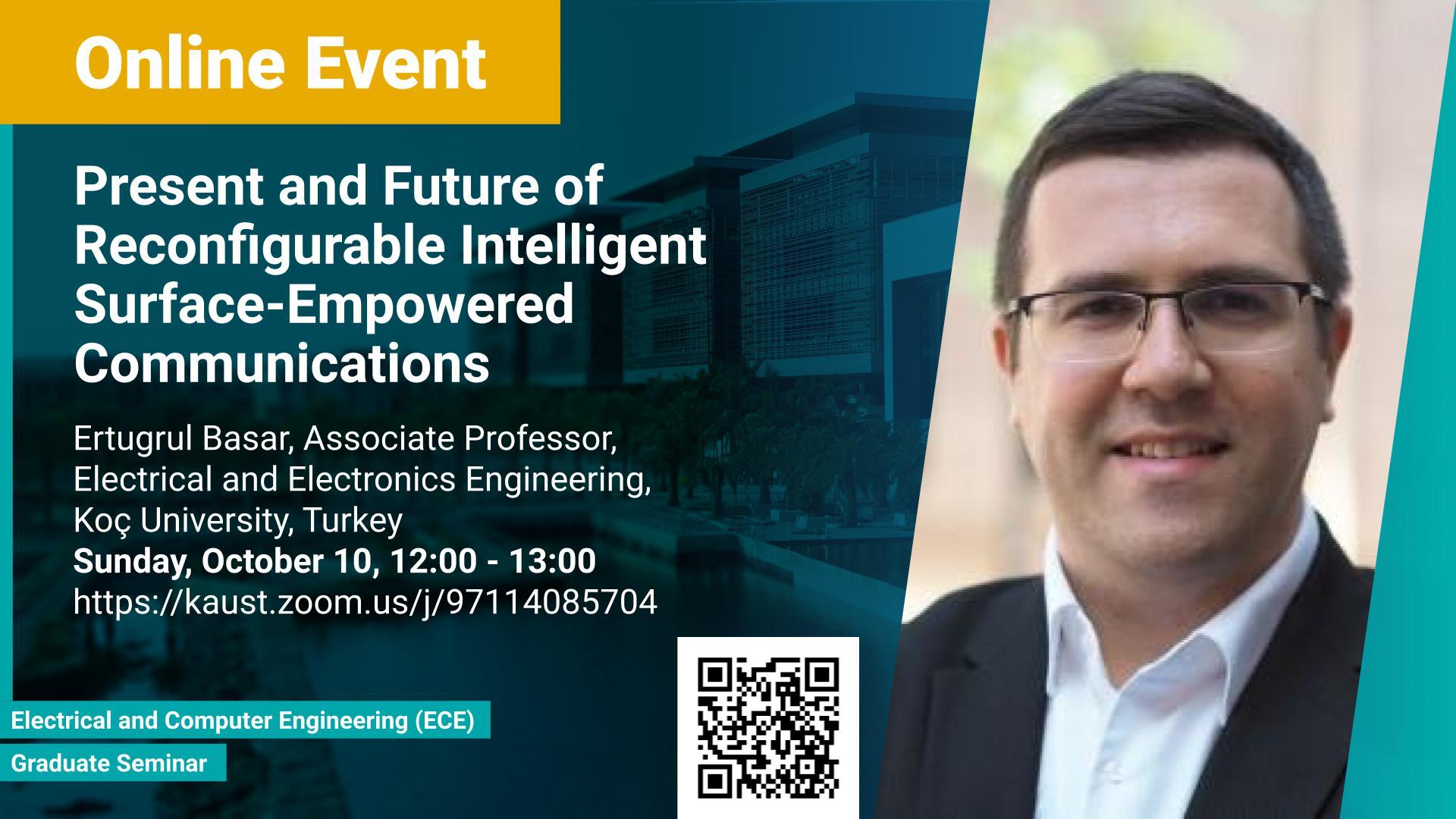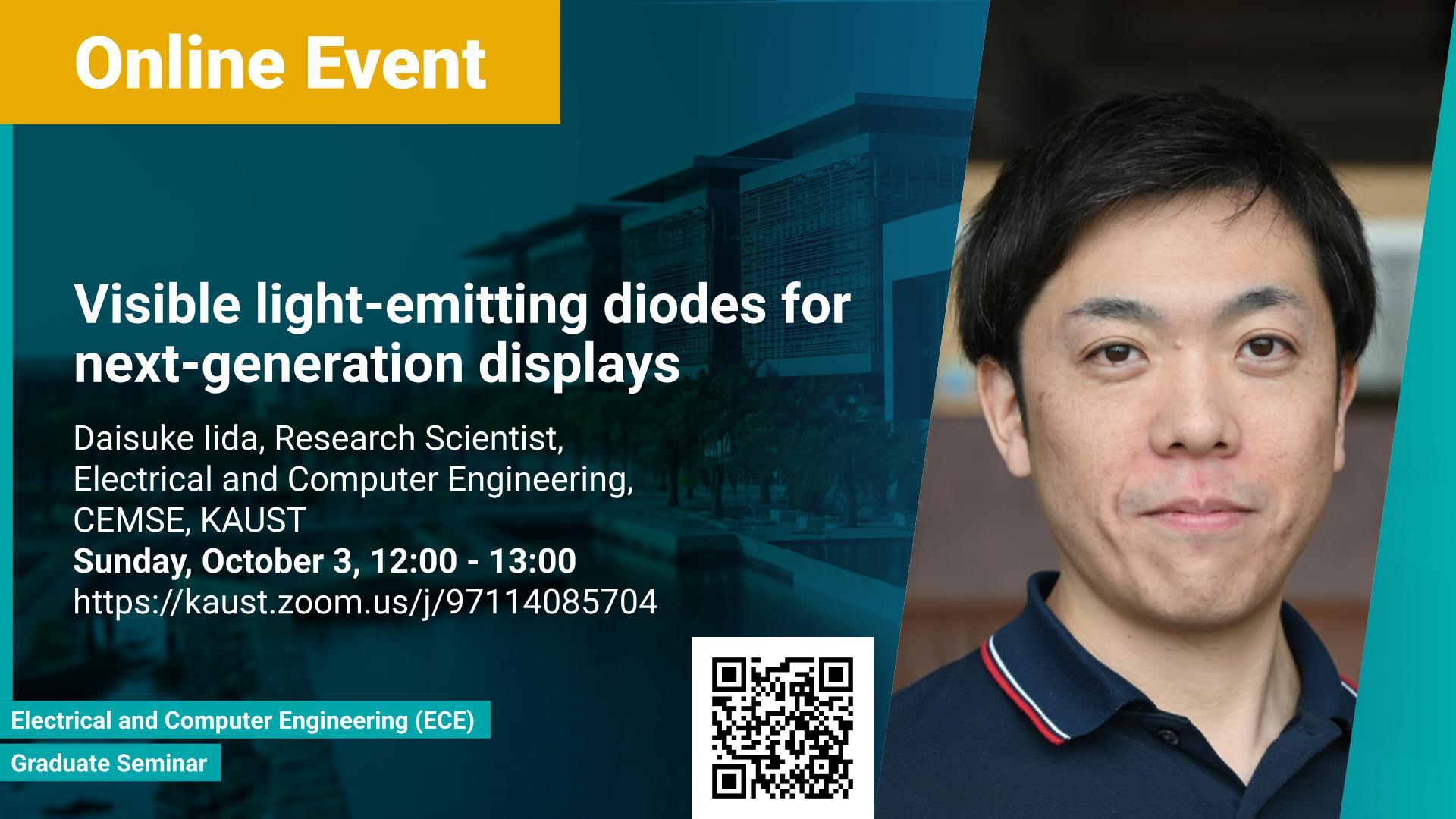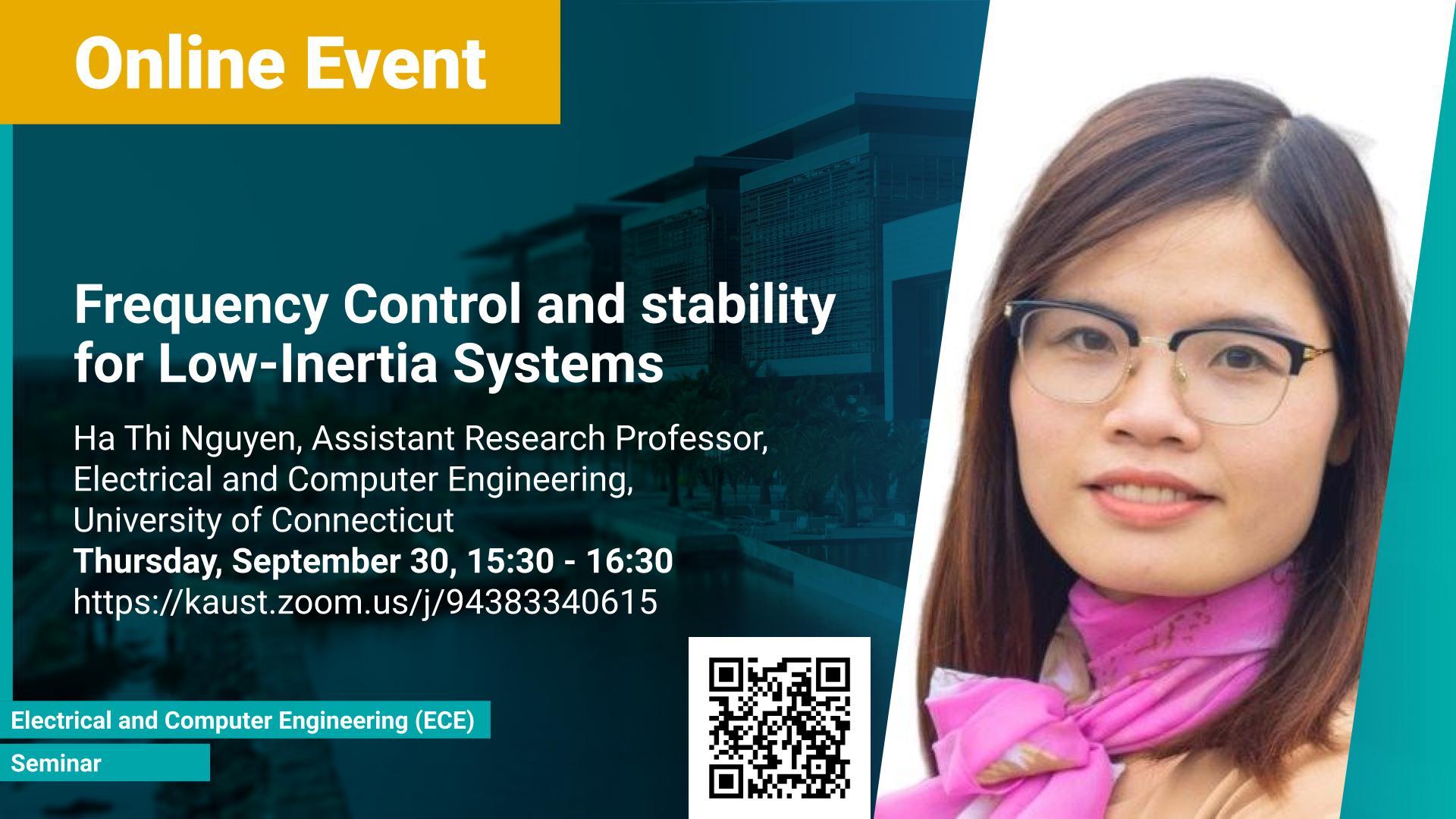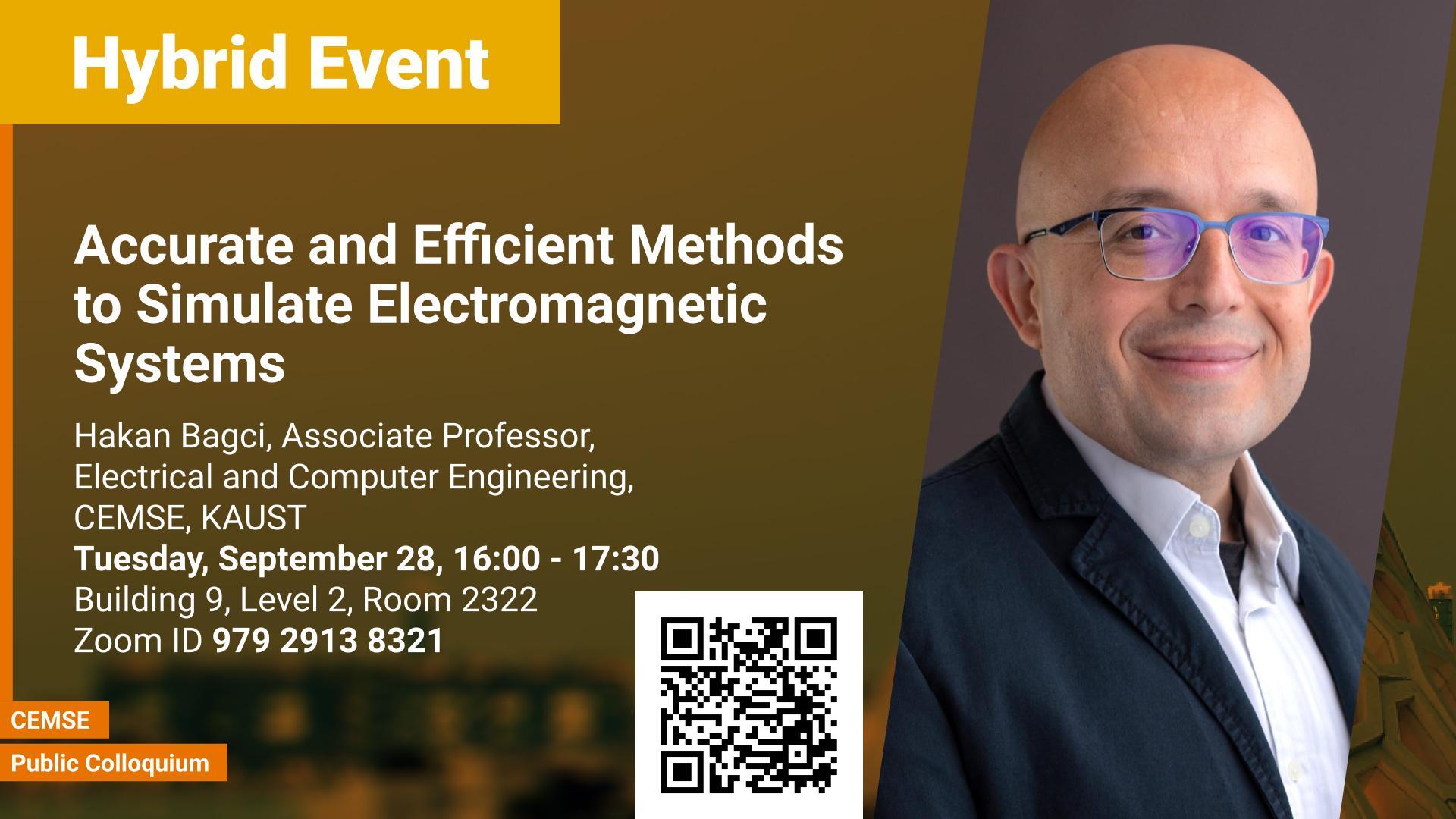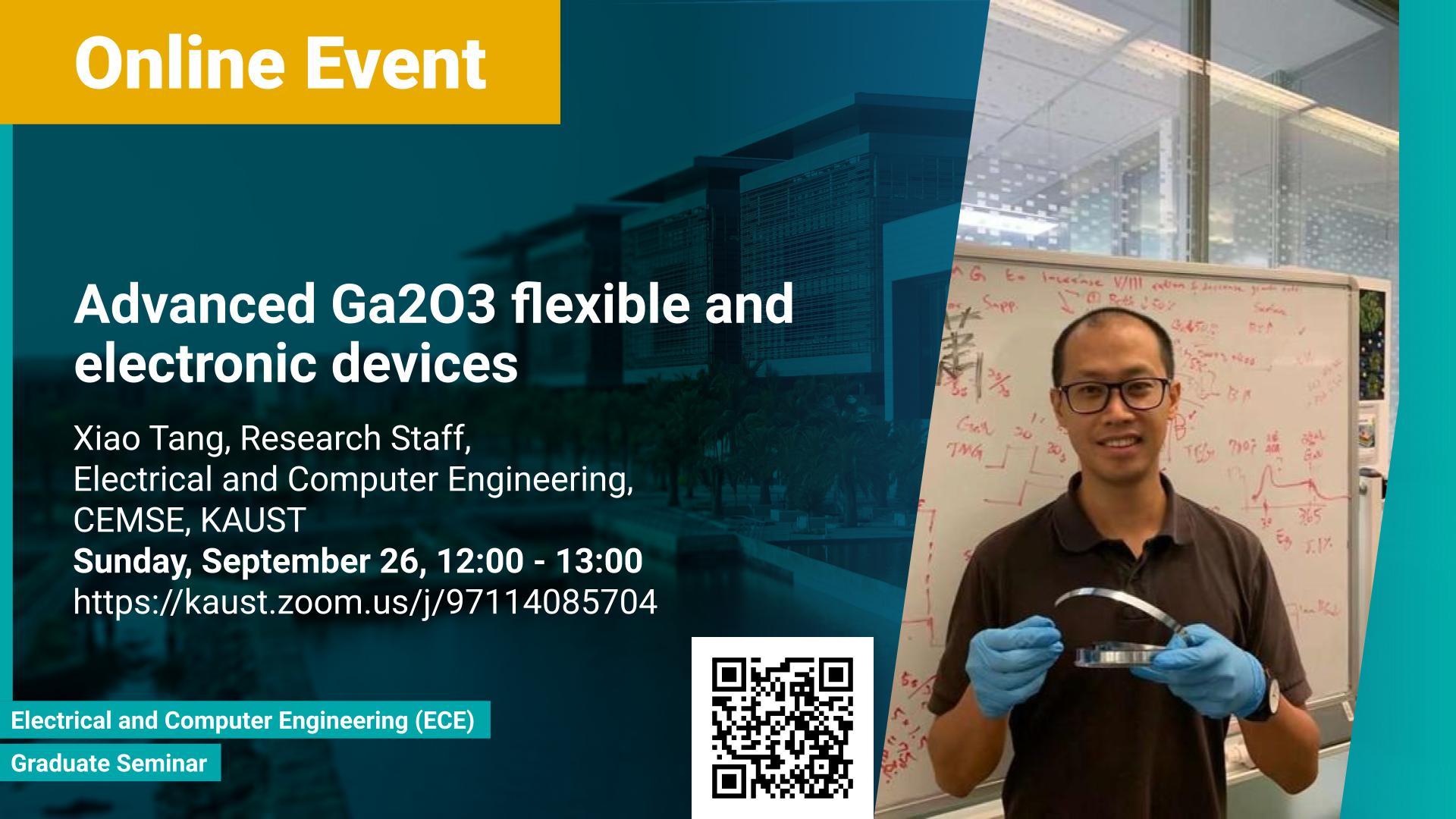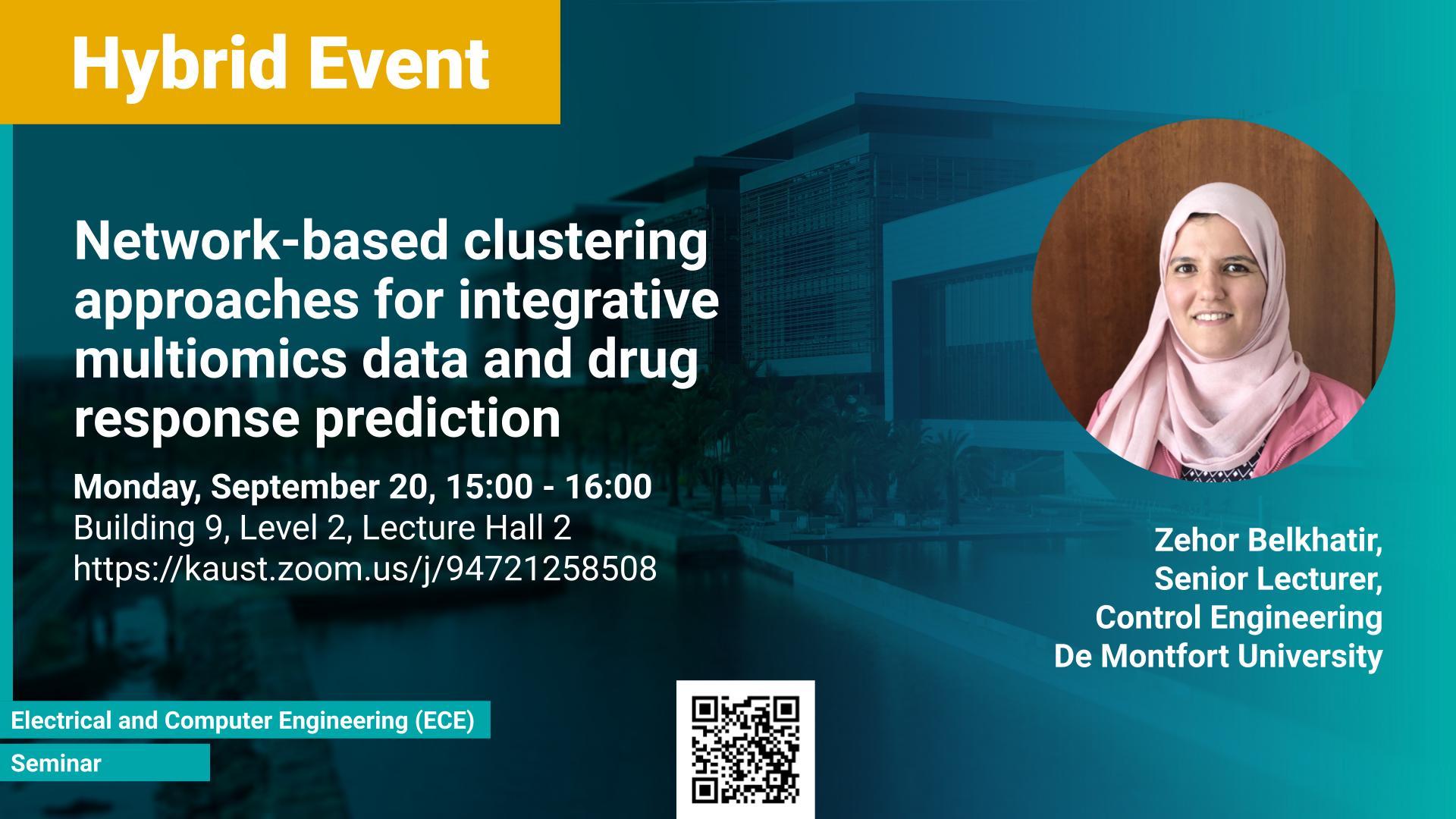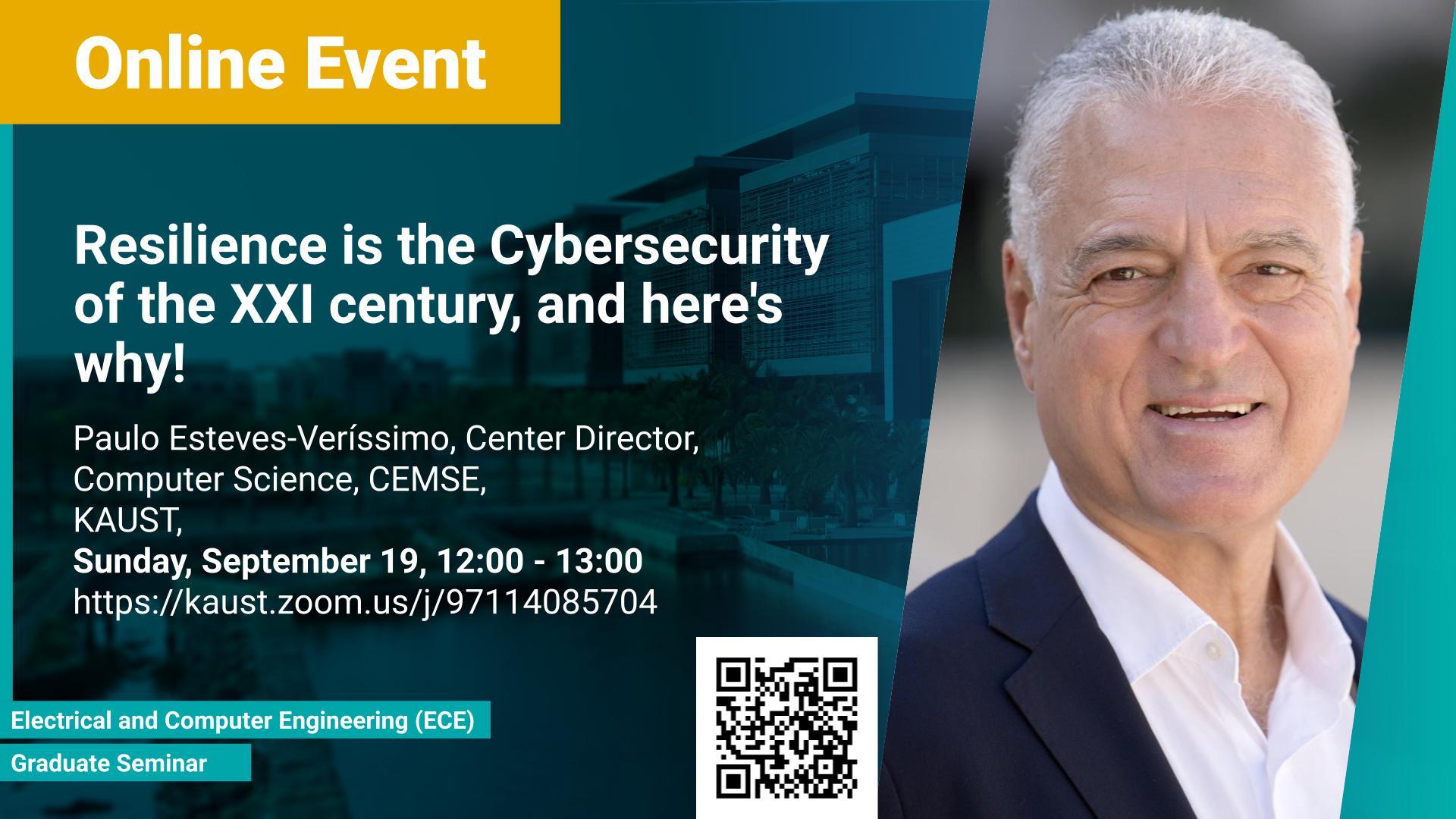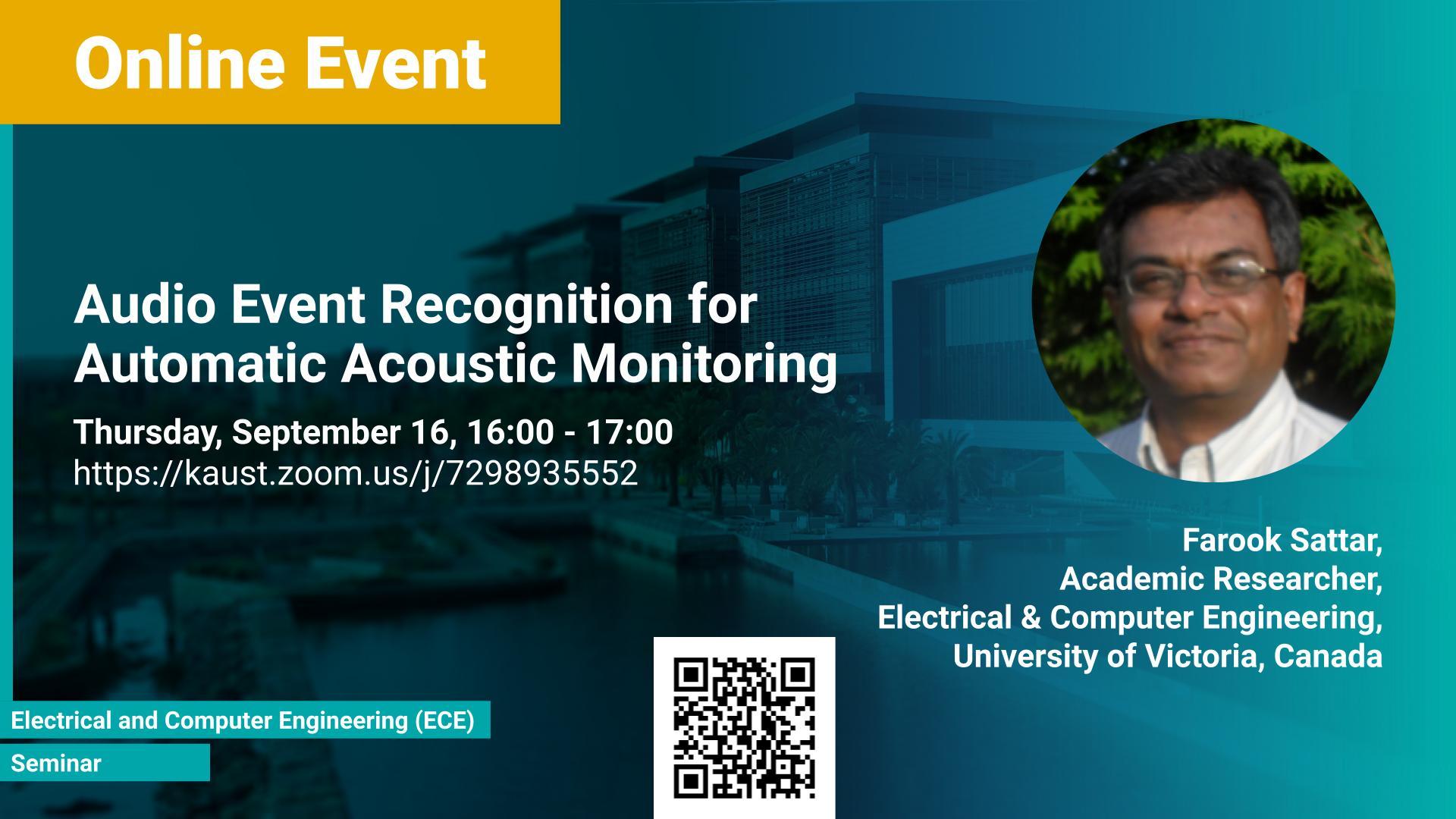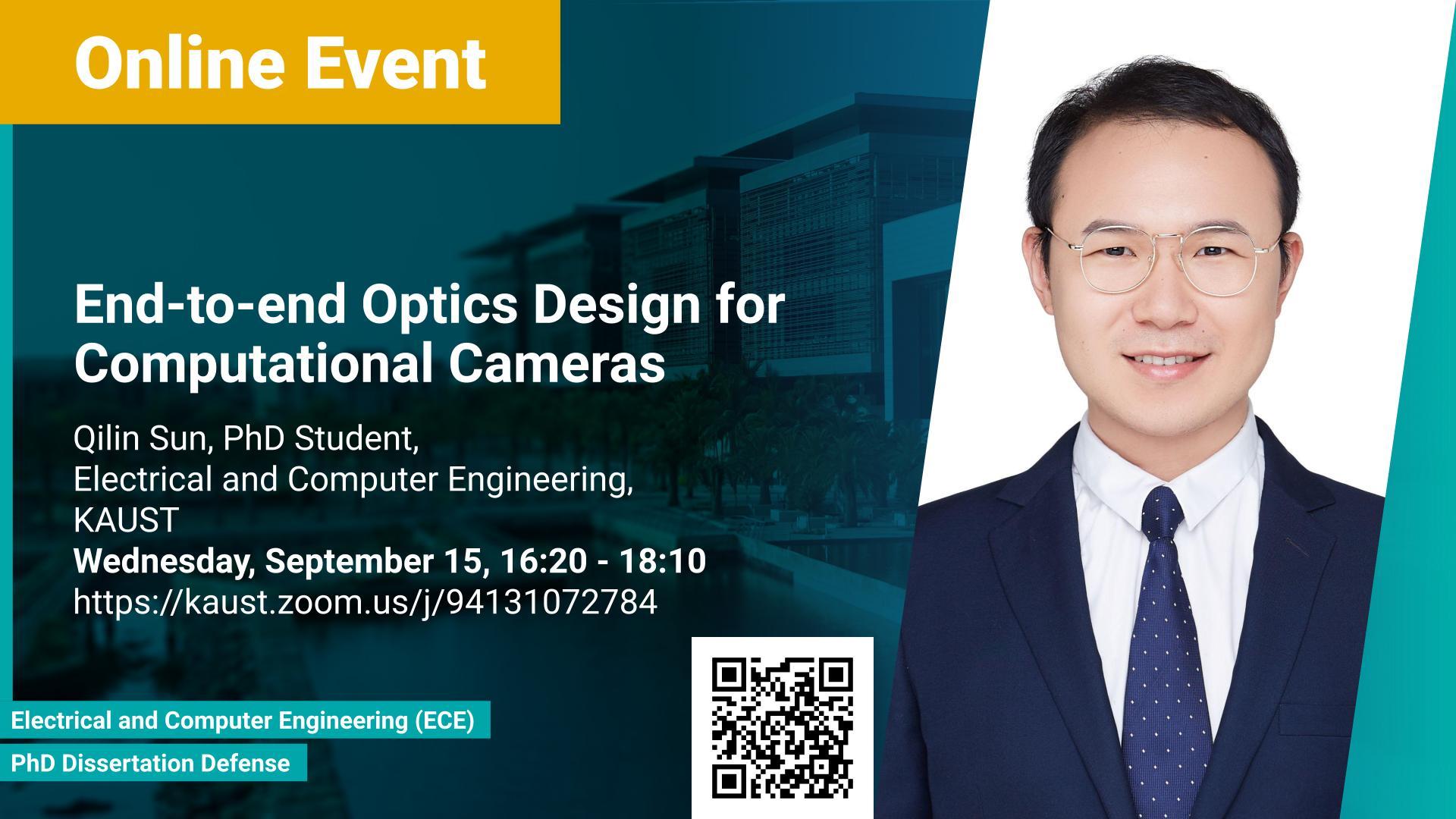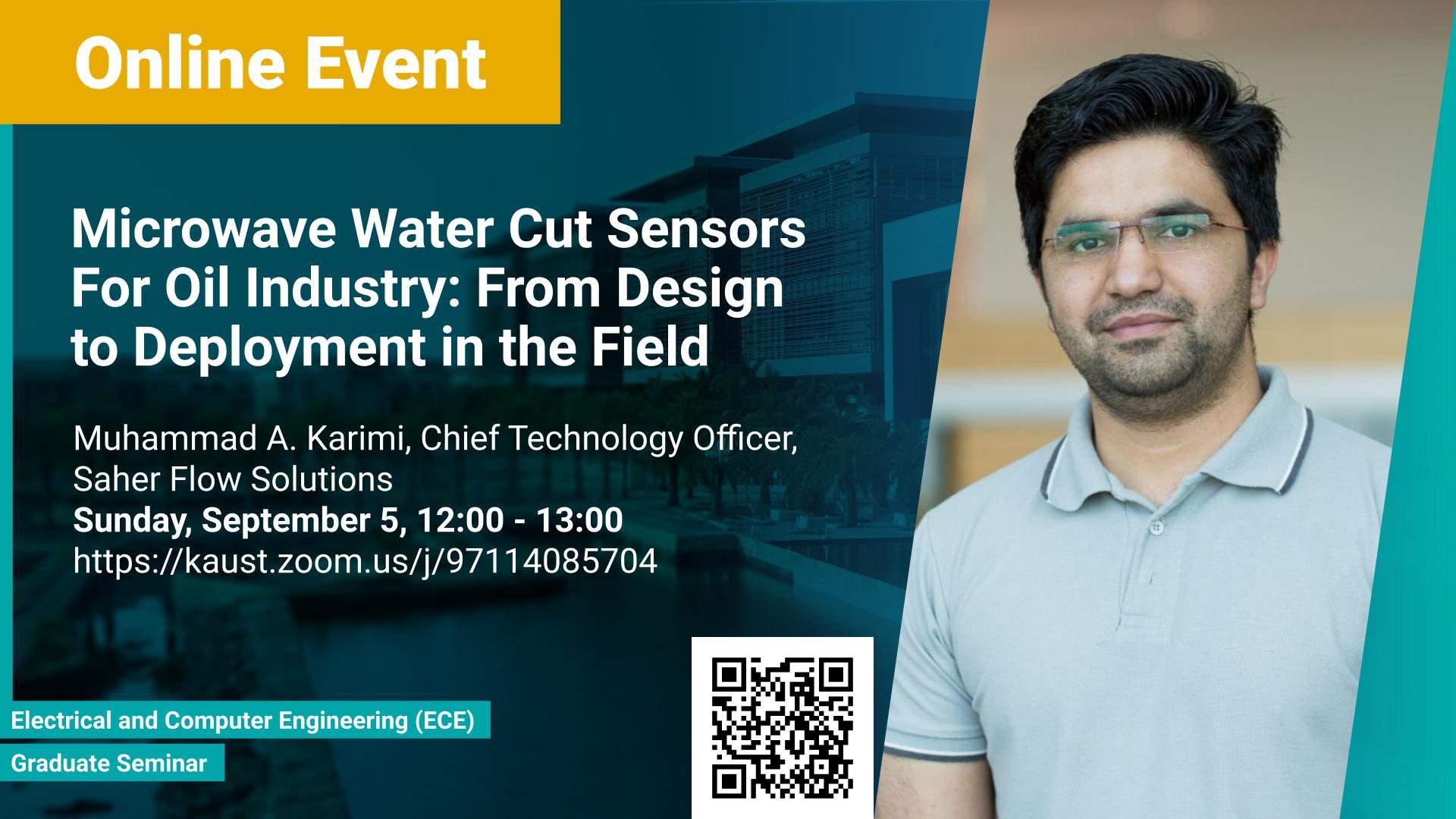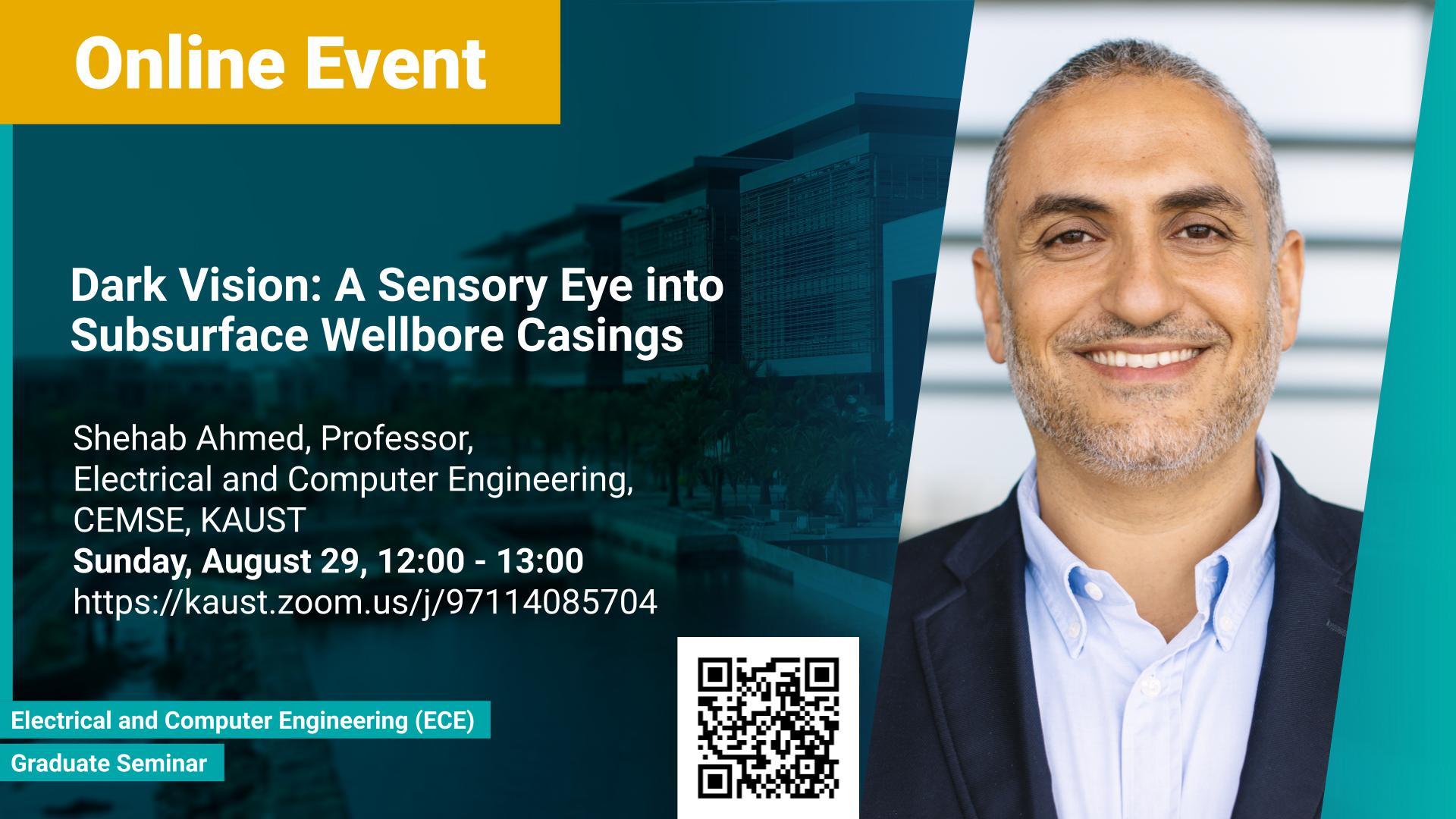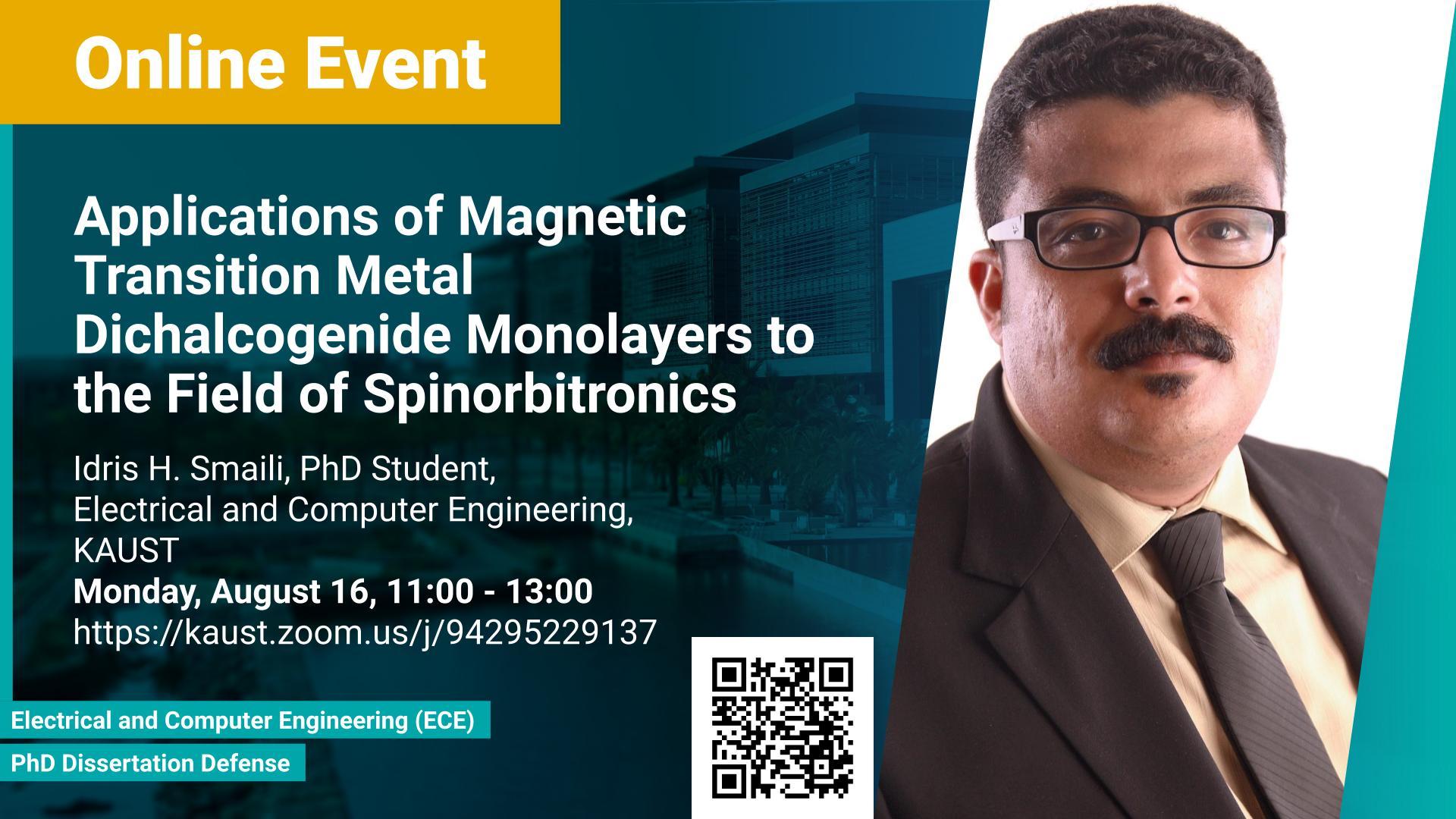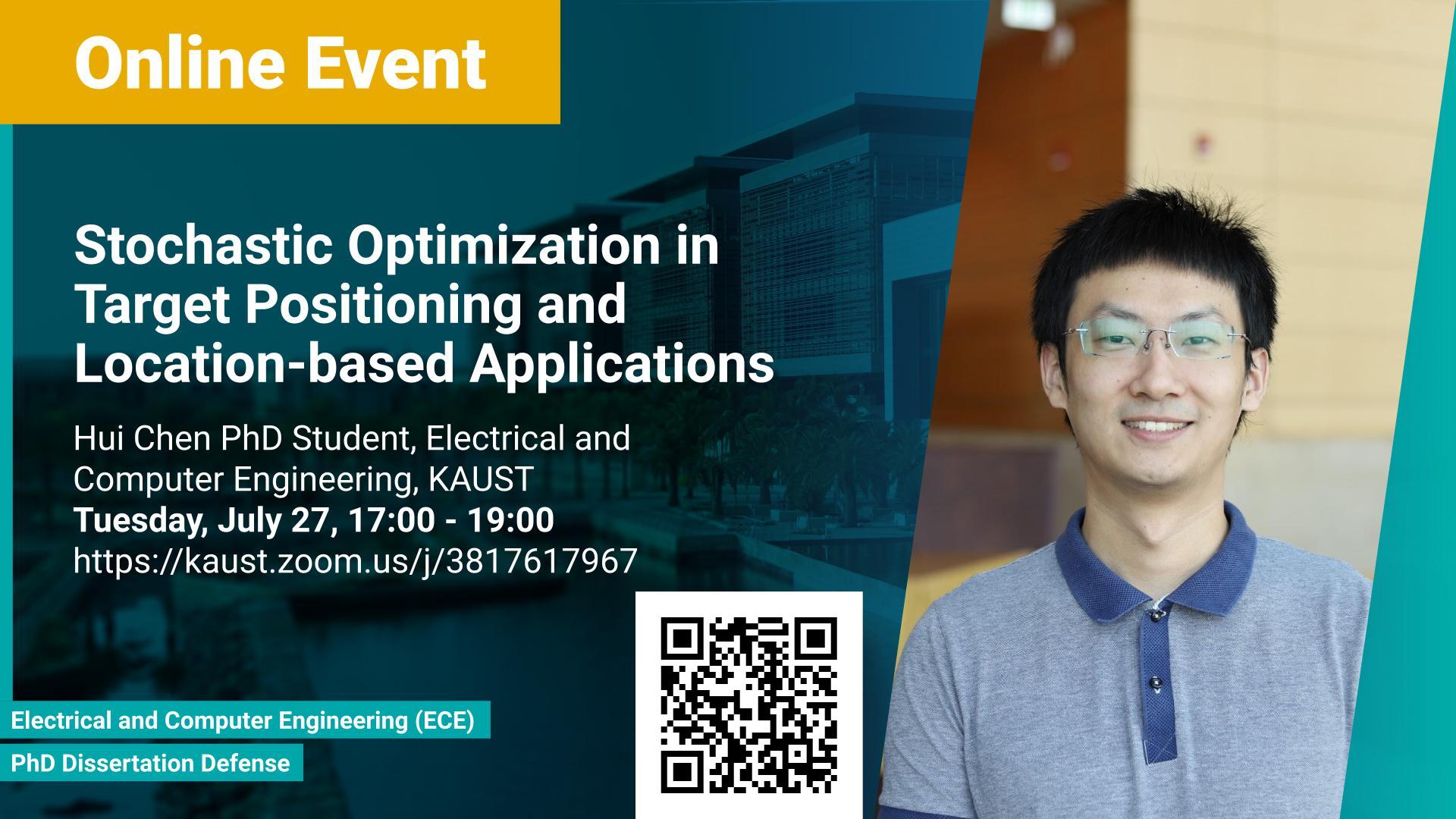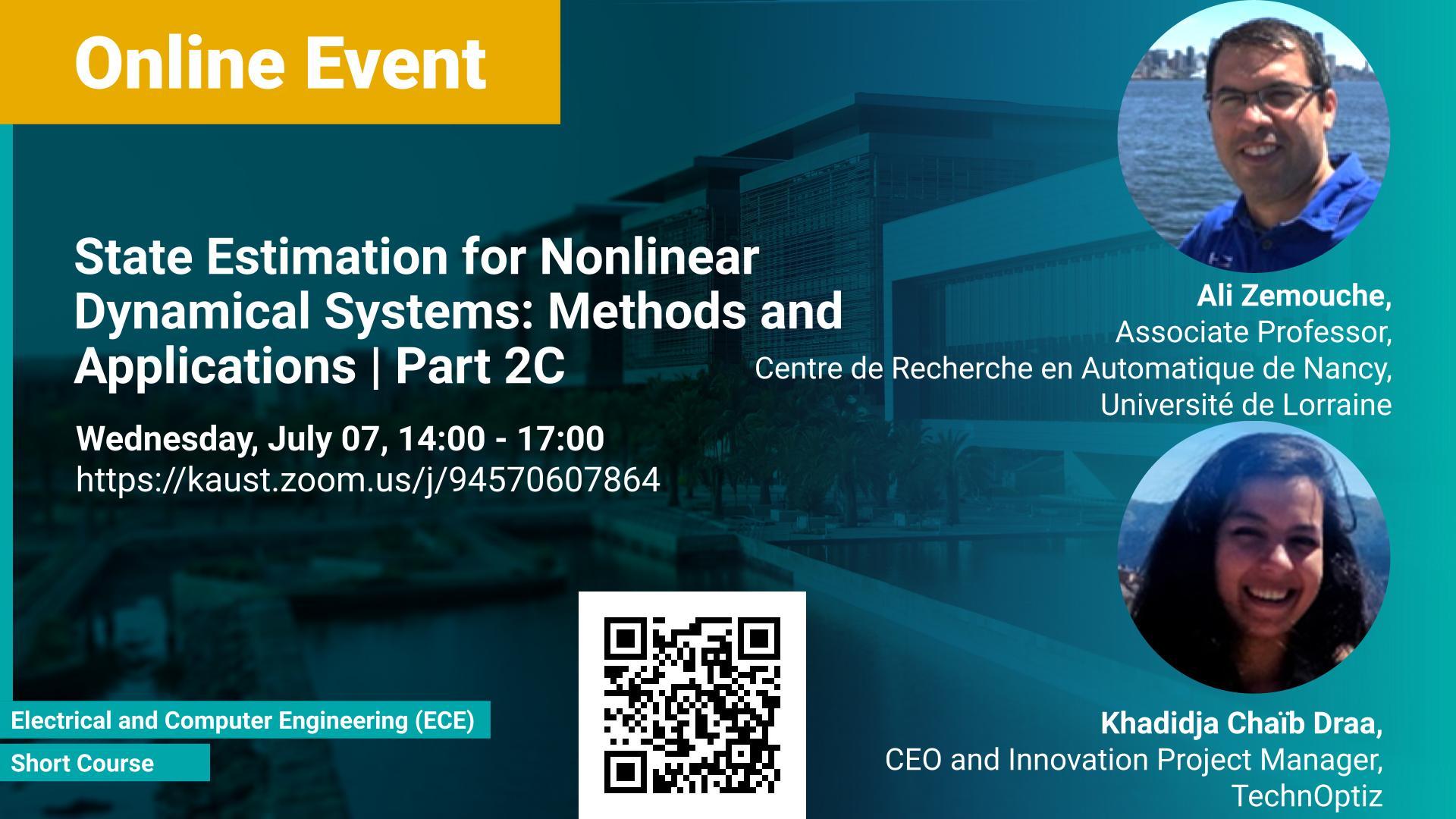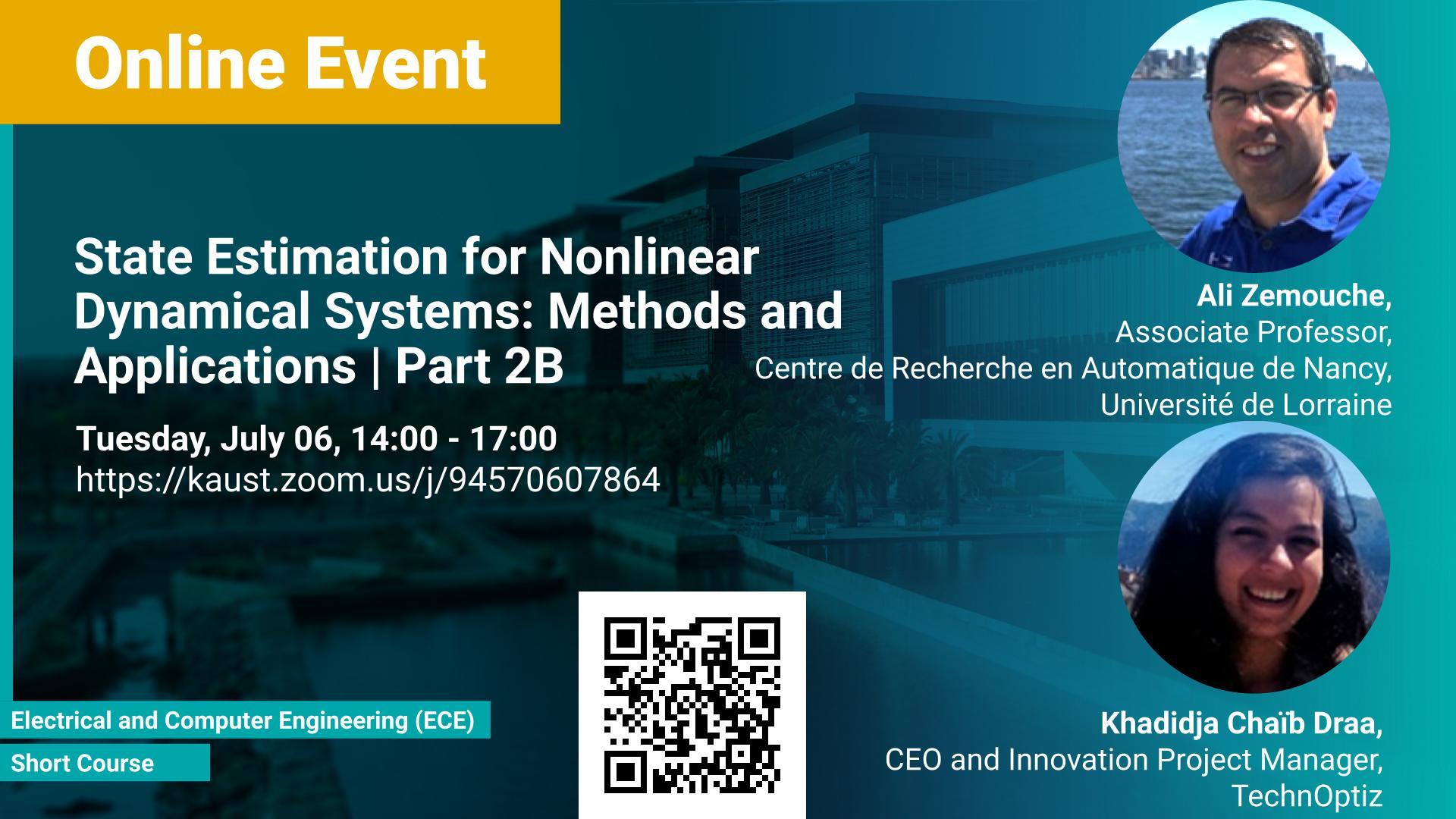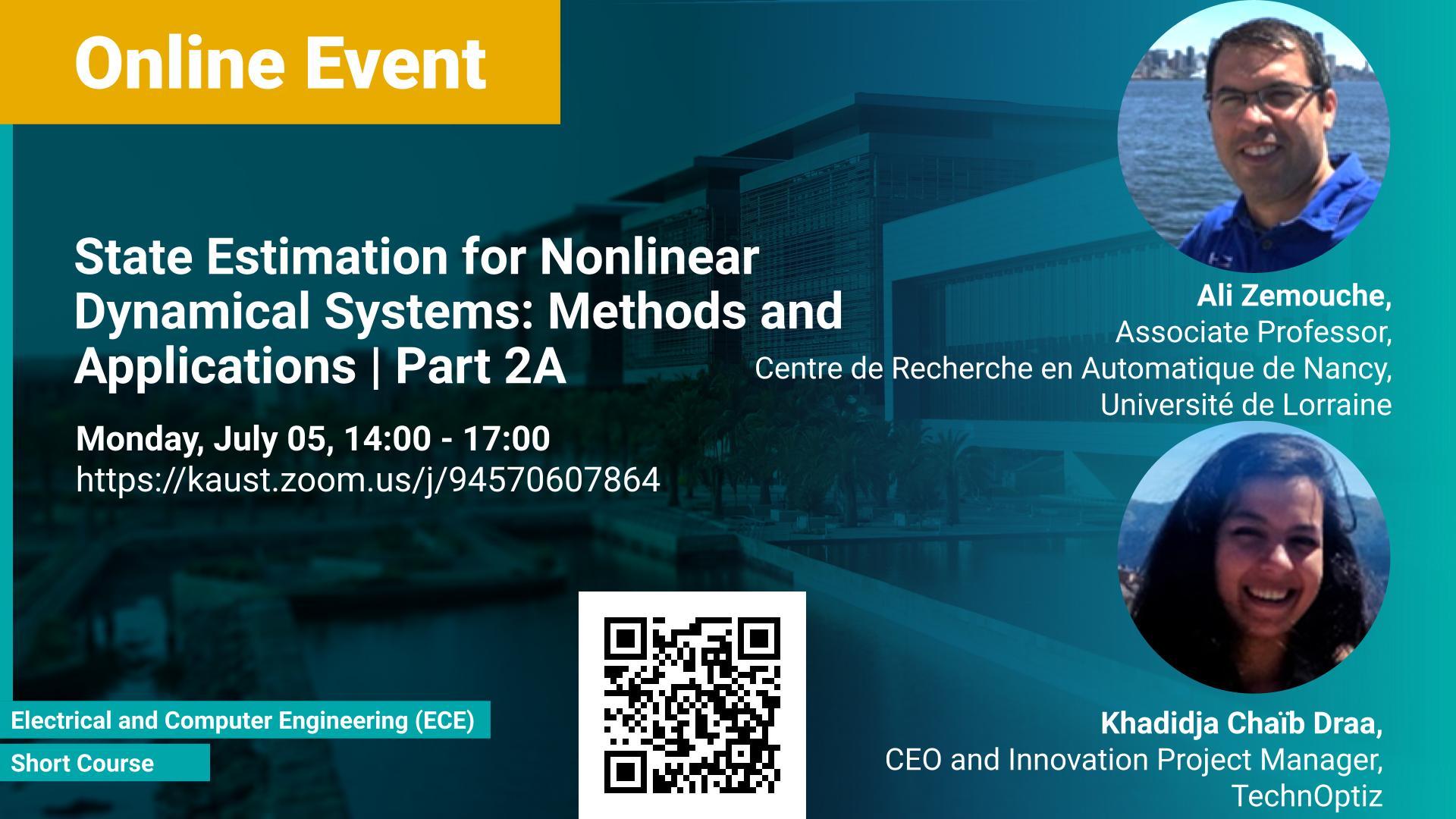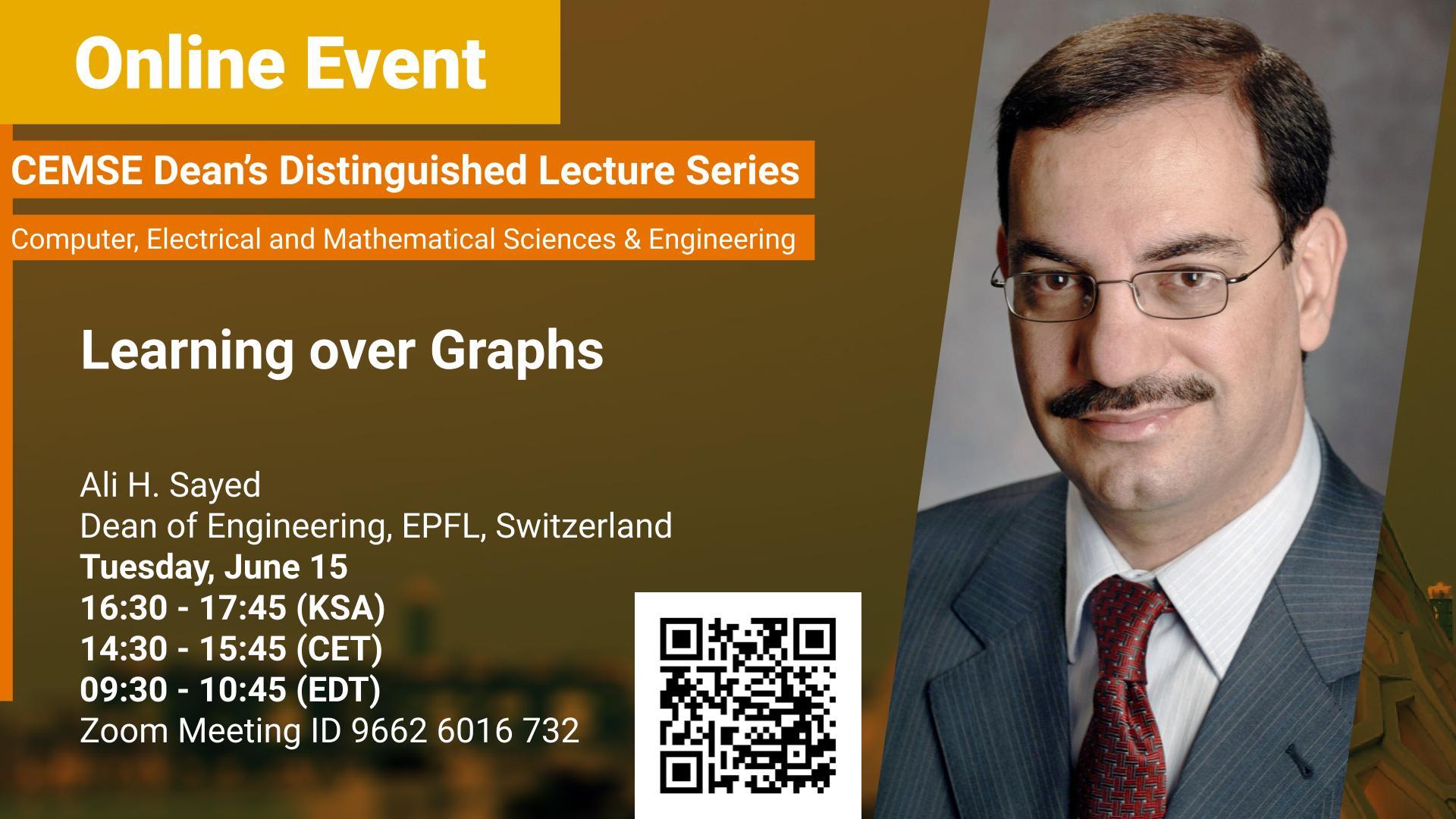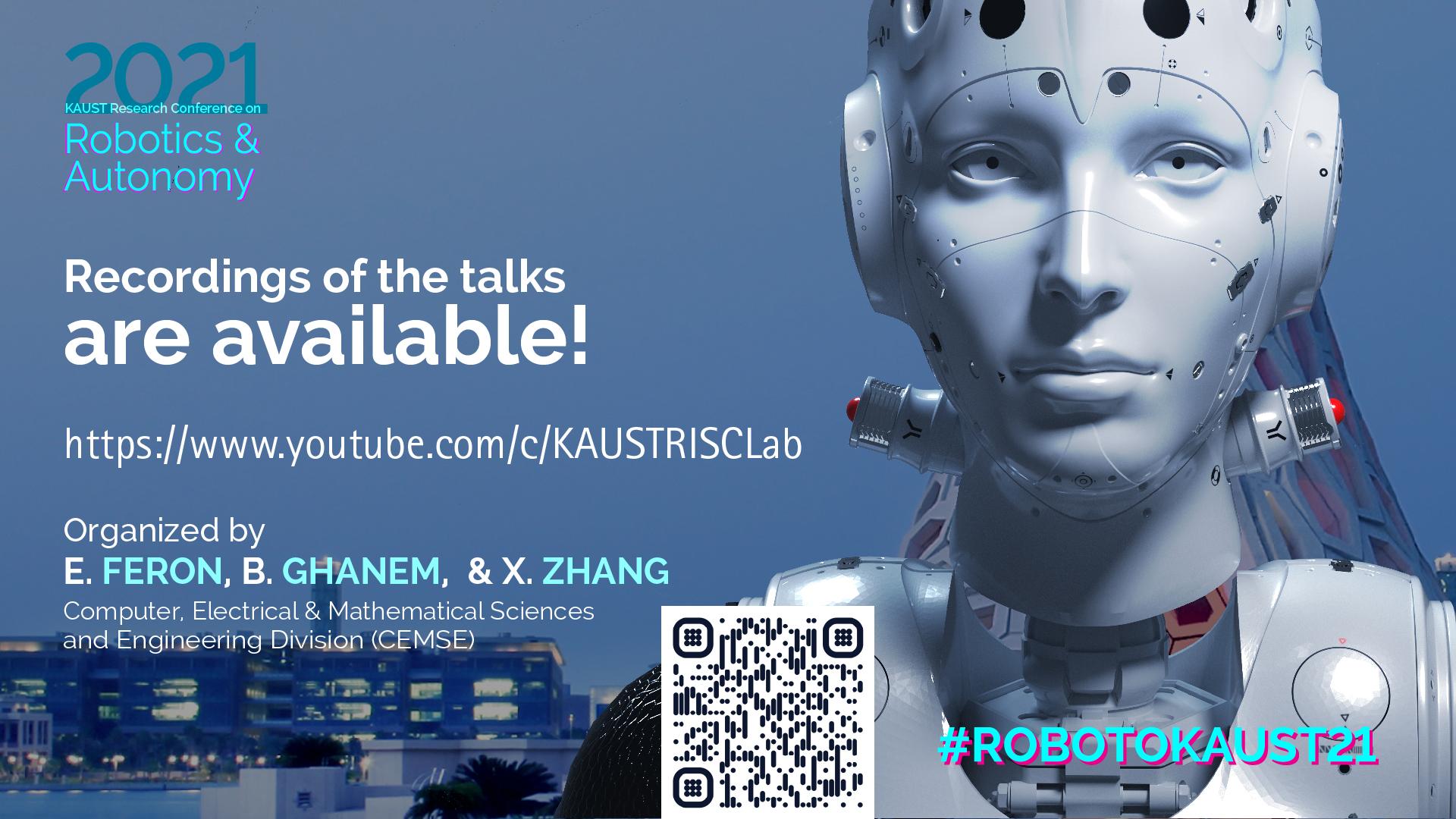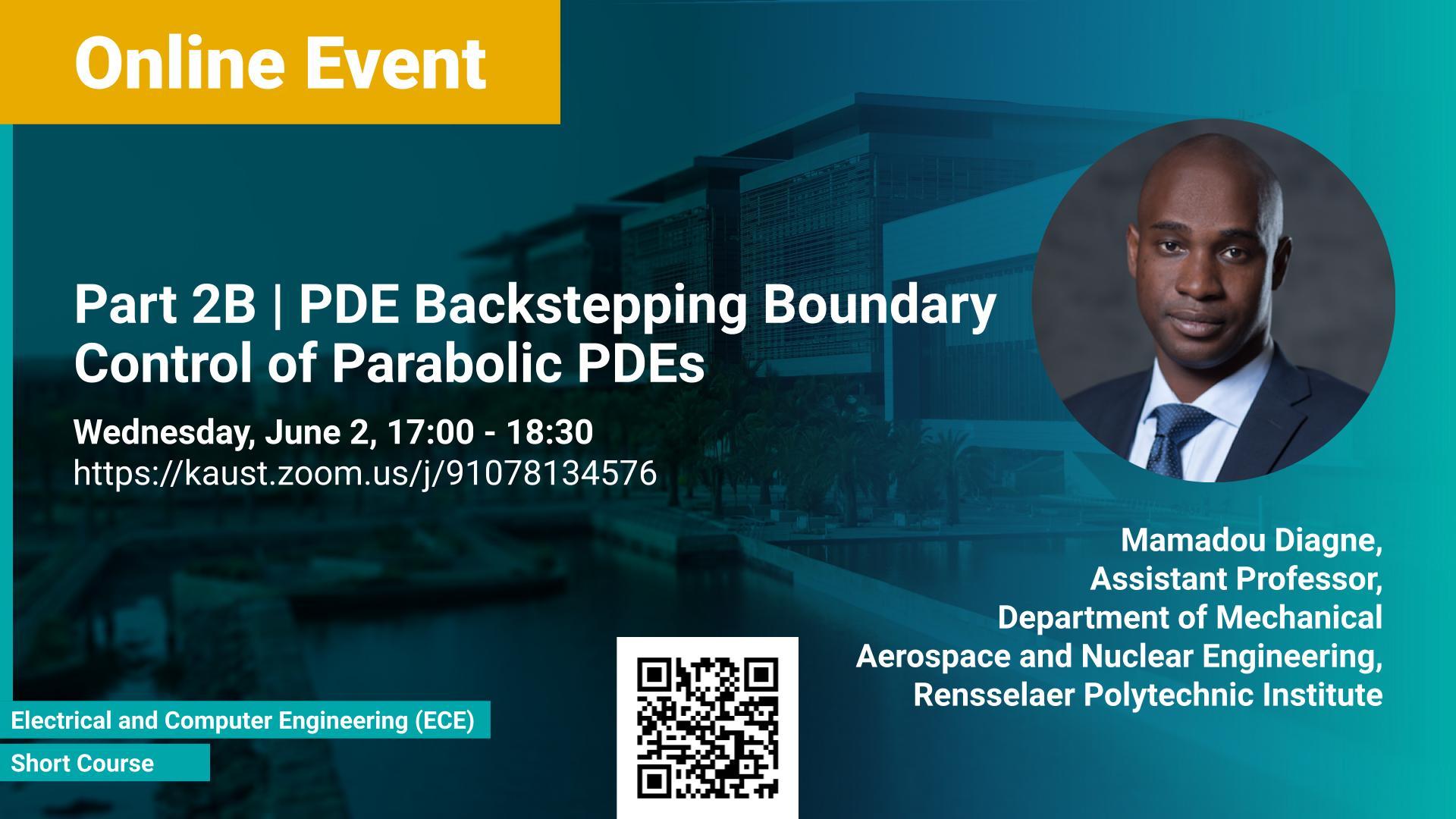PhD Degree,
Electrical and Computer Engineering
Monday, October 11, 2021, 17:00
- 18:00
KAUST
Contact Person
Hardware impairments (HWIs) impose a huge challenge on modern wireless communication systems owing to the characteristics like compactness, least complexity, cost effectiveness and high energy efficiency. Numerous techniques are implemented to minimize the detrimental effects of these HWIs ,however, the residual HWIs may still appear as an additive distortion, multiplicative interference, or an aggregate of both. Numerous studies have commenced efforts to model one or the other forms of hardware impairments in the radio frequency (RF) transceivers. Many presented the widely linear model for in-phase and quadrature imbalance (IQI) but failed to recognize the impropriety induced in the system because of the self-interfering signals. Therefore, we have presented not only a rigorous aggregate impairment model along with its complete impropriety statistical characterization but also the appropriate performance analysis to quantify their degradation effects. Latest advances have endorsed the superiority of incorporating more generalized impropriety phenomenon as opposed to conventional propriety.

